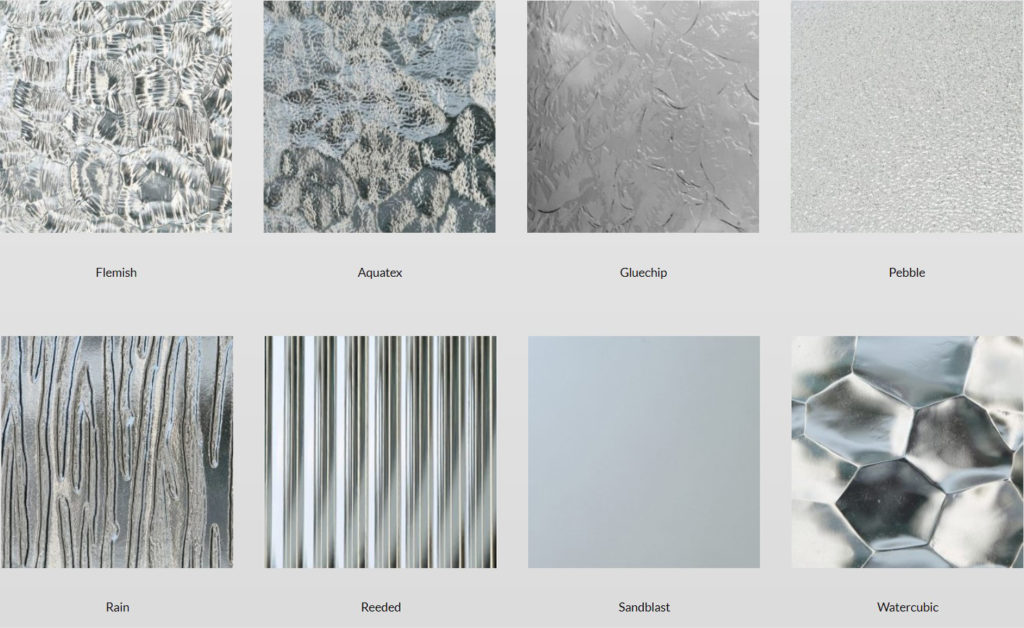When it comes to doors, the term “glazing” might seem like technical jargon that only experts understand. However, understanding door glazing is essential for making informed decisions about your home’s aesthetics, energy efficiency, and security.
In this blog, we’ll delve into the world of door glazing, unraveling its intricacies and shedding light on the differences that can transform your doors into more than just barriers – into stylish, energy-efficient elements of your home.
What is Door Glazing?
Door glazing refers to the process of adding glass to a door, providing transparency and natural light to the interior space. This technique allows homeowners to strike a balance between privacy and openness while enhancing the overall aesthetic appeal of the door.
Types of Door Glazing
Single Glazing
Single glazing is a door construction method characterized by the use of a solitary layer of glass. This particular glazing style exhibits distinct features that set it apart from its double-glazed counterpart.
Notably, one of the primary characteristics of single glazing is its limited insulation properties. Unlike double glazing, which incorporates two layers of glass, the singular glass layer in this method provides less insulation against external temperature fluctuations.
Typically, single glazing is considered more suitable for mild climates. The reduced insulation makes it a viable choice in regions where extreme temperatures are not a prevalent concern. Homeowners in areas with temperate weather may find single glazing to be a practical and cost-effective solution.
Double Glazing
Double glazing involves the use of two layers of glass within a door structure, with a space between them filled with air or an insulating gas.
This innovative design brings forth several advantages that significantly impact the performance and functionality of doors. Firstly, the doubled layers contribute to improved insulation, effectively reducing heat transfer and enhancing energy efficiency.
The presence of two layers aids in soundproofing, creating a quieter indoor environment by minimizing external noises. Furthermore, the added layer enhances security, making it more challenging for potential intruders to breach, thereby providing homeowners with an increased sense of safety and protection.
Understanding the Differences
Insulation Properties: Single vs. Double Glazing
Single Glazing: Provides minimal insulation, making it more suitable for temperate climates where extreme temperatures are not a concern.
Single glazing, a door construction method utilizing a solitary layer of glass, offers minimal insulation properties. This makes it particularly well-suited for temperate climates where extreme temperatures are not a prevalent concern.
The singular layer of glass, while limited in its insulating capabilities, provides a straightforward and cost-effective solution for regions with mild weather conditions.
While it may not be the optimal choice for areas with harsh winters or scorching summers, single glazing caters to environments where a balance between simplicity, functionality, and budget considerations aligns with the climate’s moderate nature.
Double Glazing: Offers superior insulation, reducing heat transfer and providing better energy efficiency. Ideal for both hot and cold climates.
This design imparts superior insulation properties, effectively reducing heat transfer and significantly enhancing energy efficiency. One of the notable advantages of double glazing is its versatility, making it an ideal choice for both hot and cold climates.
The dual layers of glass create a barrier that helps to regulate indoor temperatures, keeping interiors cooler in hot weather and warmer during colder seasons. This makes double glazing a practical and effective solution for homeowners seeking year-round comfort and energy savings.
Soundproofing: Single vs. Double Glazing
Single Glazing: Characterized by a solitary layer of glass, it presents limited soundproofing capabilities. External noises can easily penetrate through the single layer, compromising the indoor environment’s tranquility.
Homes with single-glazed doors may experience challenges in mitigating outside sounds, making them less effective in providing a quiet and peaceful living space.
Double Glazing: Significantly improves sound insulation, creating a quieter and more peaceful indoor environment.
Double glazing features two panes of glass with a layer of air between them, creating a barrier that helps to reduce noise and energy losses. It also helps to reduce condensation on the windows, which can lead to dampness and mold.
Security: Single vs. Double Glazing
- Single Glazing: Offers basic security. A single layer of glass is more vulnerable to break-ins.
- Double Glazing: Enhances security by adding an extra layer of glass, making it more challenging for intruders to gain access.
Factors to Consider
- Climate: Consider your local climate when choosing between single and double glazing. It is more versatile and suitable for various weather conditions due to its superior insulation properties. It helps to regulate indoor temperatures, making it an ideal choice for both hot and cold climates. Additionally, the dual layers of glass in double glazing provide better energy efficiency, ensuring year-round comfort and energy savings.
- Energy Efficiency Goals: If reducing energy consumption is a priority, opt for double glazing to enhance insulation and lower utility costs. It is also beneficial in terms of reducing noise pollution, making it a great choice for busy urban areas. It helps to reduce condensation and fogging, improving visibility.
- Aesthetic Preferences: Assess the aesthetic appeal of your doors. Double glazing can offer a sleek and modern look, while single glazing might complement a more traditional or rustic style. Also it can also provide better insulation, making it more efficient to heat and cool your home. Additionally, double glazing can help to reduce the cost of energy bills.
Final Words!
Understanding the difference between single and double glazing empowers you to make decisions that align with your lifestyle, climate, and aesthetic preferences. Collaborating with Bighorn Iron Doors can be the best supporter in such kinds of issues.
Our experts will not only suggest the right door glazing but also help you understand it. Along with this, we provide glass doors in various designs and styles that can transform the look of your home.



